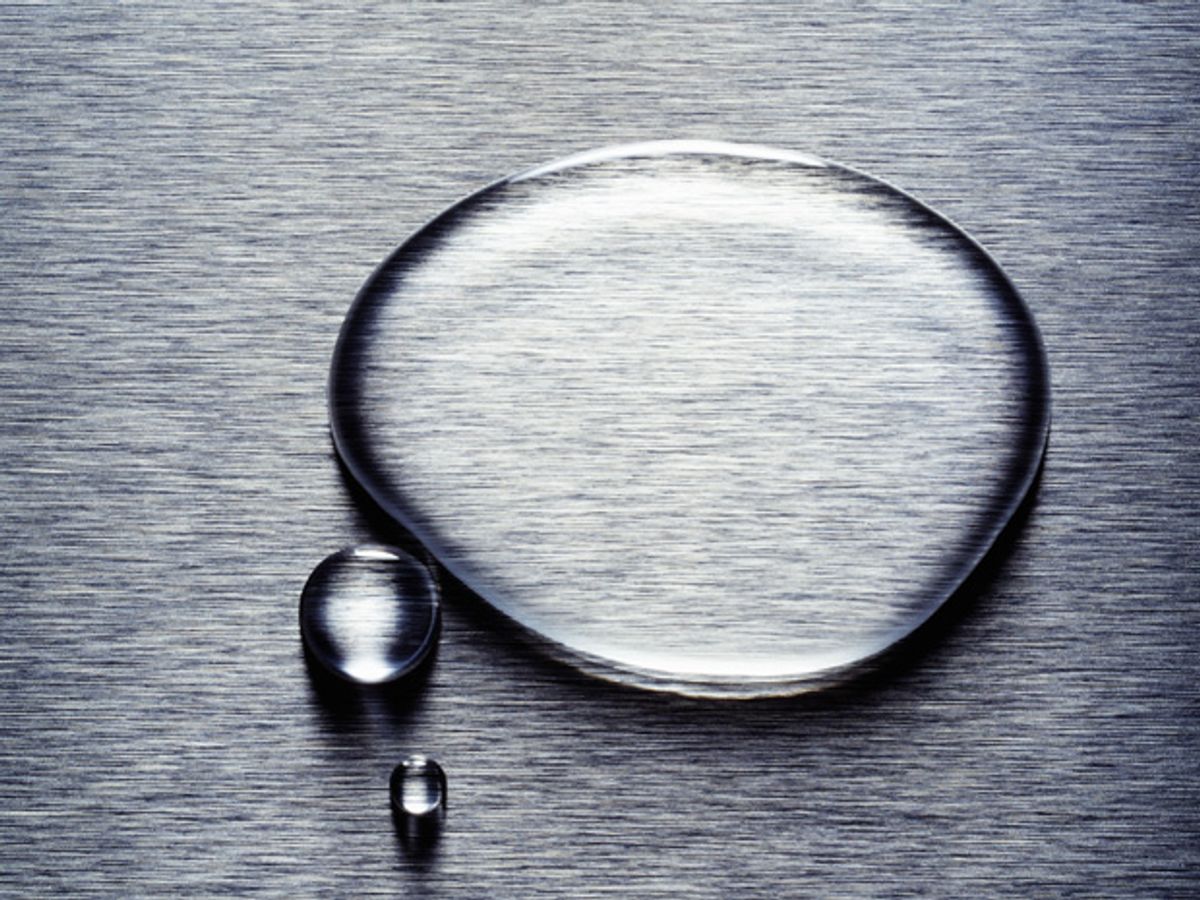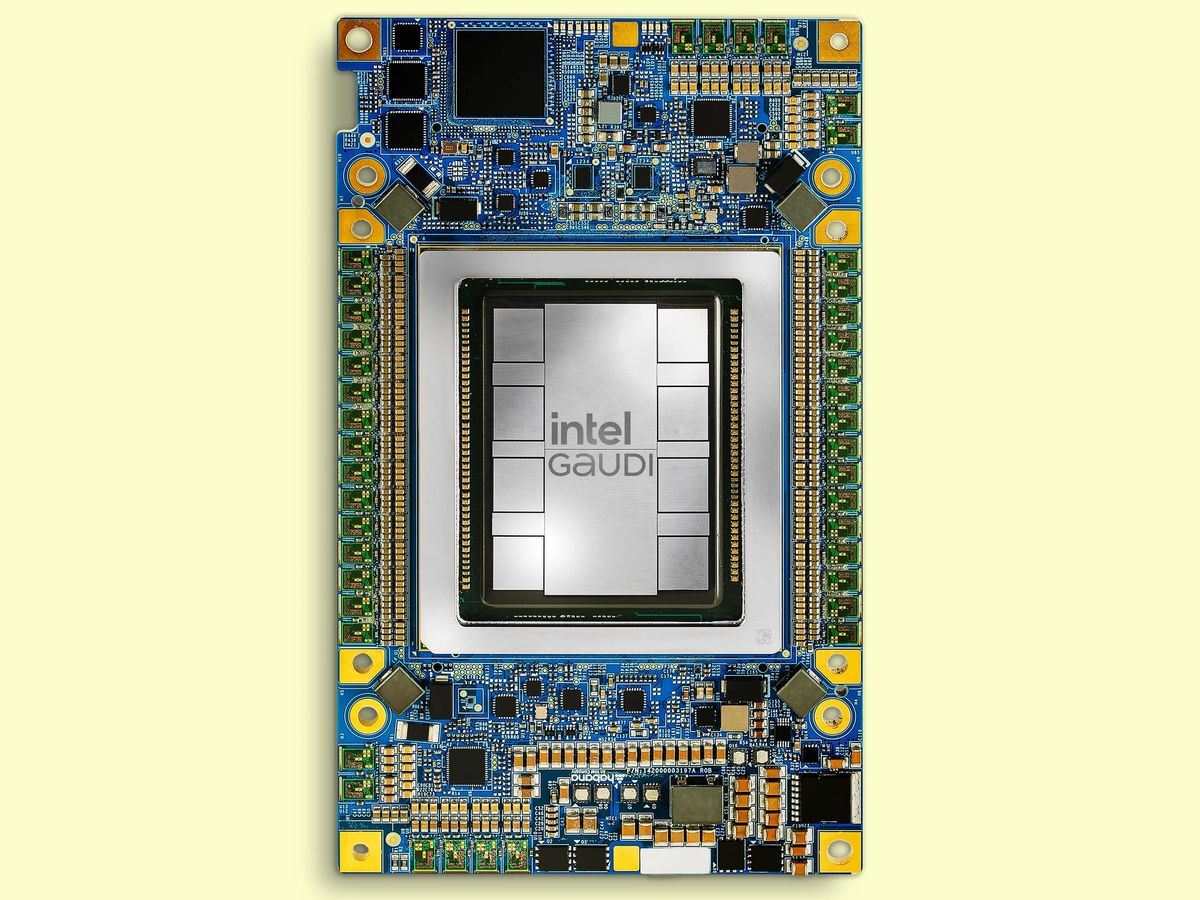The production of molybdenum disulfide (MoS2) films has been getting better of late. Recently researchers at Rice University found a way to orient the two-dimensional (2-D) material on its side so that the maximum amount of edge is exposed—a good thing for fuel cell catalysts and the supercapcitor electrodes.
Now researchers at North Carolina State University (NCSU) have developed a method for transferring these MoS2 films onto any substrate without causing any damage to the 2-D material in the process. The researchers believe that this comparitively easy process could lead to the material’s use in flexible electronics for computing, photonic systems, and more.
"The ultimate goal is to use these atomic-layer semiconducting thin films to create devices that are extremely flexible, but to do that we need to transfer the thin films from the substrate we used to make it to a flexible substrate," said Linyou Cao, assistant professor of materials science and engineering at NC State, said in a press release. "You can't make the thin film on a flexible substrate because flexible substrates can't withstand the high temperatures you need to make the thin film."
Cao describes the task of moving a one-atom-thick piece of MoS2 that is five centimeters wide as equivalent to moving a sheet of paper that covers an entire city—a feat nearly impossible to do without tearing the paper.
Previous methods for carrying out this feat of engineering involve chemical etching processes. The problems with this approach is that the chemicals damage the MoS2 film. Instead the NCSU researchers used the physical properties of MoS2 to their advantage and enlisted the use of room-temperature water, a tissue, and pair of tweezers. You can see the method being carried out in the video below.
The physical property the researchers exploited in MoS2 is that it repels water. To take advantage of the hydrophobicity, the MoS2 has to placed, or grown, on a hydrophilic substrate—one that attracts water. In this case it was sapphire.
Once a drop of water is placed over the MoS2, the process then involves poking at the edge of the film so that the water begins to wedge itself between the MoS2 and the substrate. This serves to float the MoS2 across the surface of the sapphire. Then, the MoS2 can be dried off with a tissue, picked up with tweezers, and transferred over to a flexible substrate. The entire process takes just a couple of minutes as opposed to the hours needed to achieve the same end using a chemical etching processes.
"The water breaks the adhesion between the substrate and the thin film—but it's important to remove the water before moving the film," explained Cao in the press release. "Otherwise, capillary action would cause the film to buckle or fold when you pick it up.
He added: "This new transfer technique gets us one step closer to using MoS2 to create flexible computers. We are currently in the process of developing devices that use this technology."
Dexter Johnson is a contributing editor at IEEE Spectrum, with a focus on nanotechnology.



